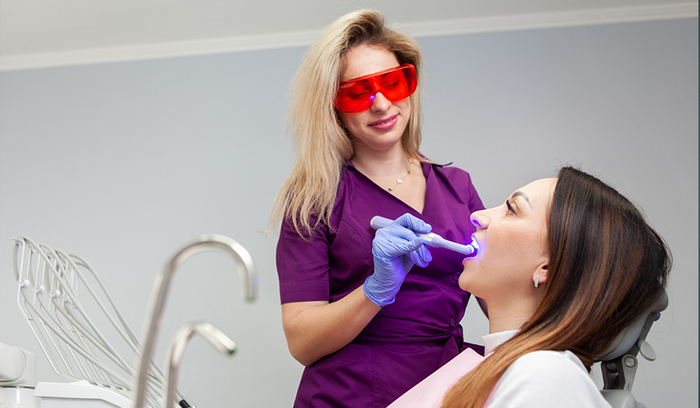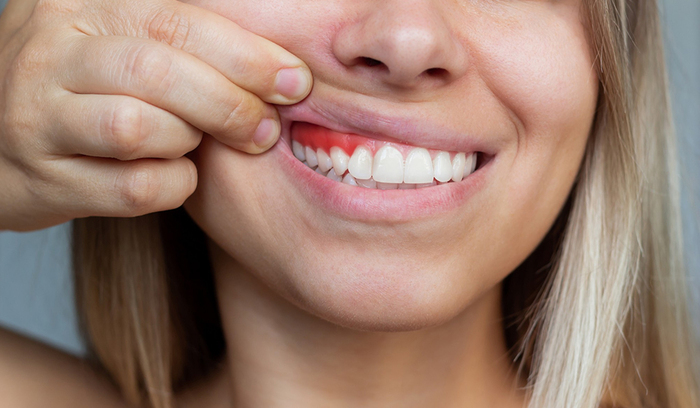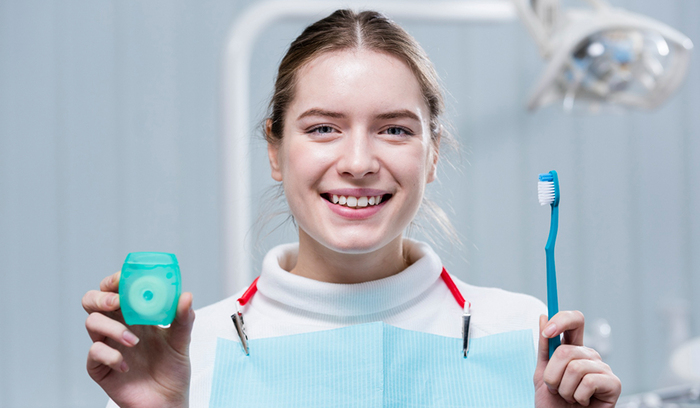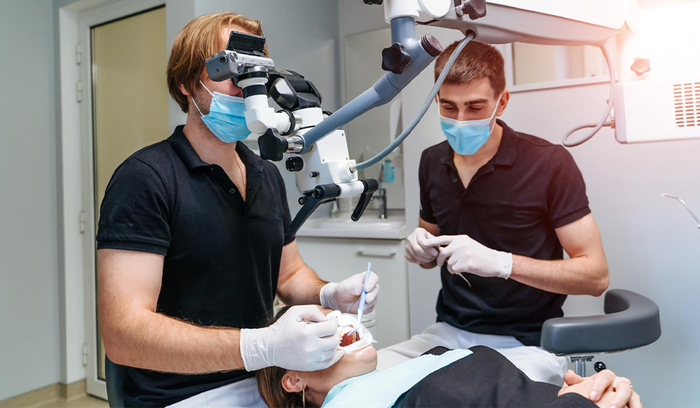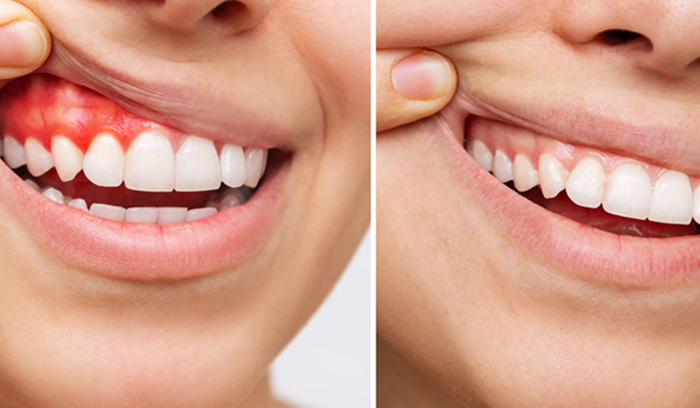When it comes to restoring a beautiful, confident smile, modern dentistry offers a variety of solutions. While other dental treatments have become increasingly popular, dentures remain a time-tested, smart, and highly effective option—especially for those looking for a full smile makeover without breaking the bank.
For those considering dentures in Houston, it’s important to understand the advantages this classic solution still provides in today’s dental world. Let’s explore how your dentures deliver a comfortable, functional, and natural-looking smile.
The Top Benefits of Dentures
- A Cost-Effective Solution for Tooth Loss: Dentures are often significantly more affordable than other restorative options. This makes them an ideal choice for patients looking to restore their smile without undergoing complex or costly procedures. With dentures in Houston, patients have access to flexible pricing and treatment options, which is especially helpful for seniors or those on a fixed income. In many cases, insurance plans also provide better coverage for dentures, making the treatment more accessible.
- Immediate Smile Restoration: Dentures offer quicker results. Once impressions are taken and your custom appliance is fabricated, you can start smiling, chewing, and speaking more confidently within a matter of weeks. For patients who want fast and effective results—whether it’s for a major life event or just to improve everyday comfort—dentures deliver instant improvements in appearance and functionality.
- Improved Facial Structure and Aesthetics: One of the lesser-known benefits of dentures is their ability to support the facial muscles and restore a youthful profile. Tooth loss can cause the cheeks to sag and the lips to lose volume, resulting in a sunken or aged appearance. Well-fitted dentures restore proper dimensions to your face, giving you a fuller, healthier, and more vibrant look. This is especially beneficial for those who have experienced bone loss over time.
- Comfort and Flexibility: Today’s dentures are designed using precise digital impressions and soft yet durable materials. This means a better fit, more natural function, and significantly reduced chances of slippage or discomfort. Patients can also choose from different types of dentures depending on their oral health condition and lifestyle preferences. These options give you more control over your smile journey than ever before.
Addressing Common Misconceptions
Despite all the benefits, dentures still carry some outdated stigma. Let’s clear up a few common myths:
- Myth: Dentures are uncomfortable
Fact: Modern dentures are customized for your mouth and use soft, skin-friendly materials to maximize comfort and minimize irritation. - Myth: Dentures always look fake.
Fact: With today’s advanced prosthetic designs, no one will know you’re wearing dentures unless you tell them. - Myth: Dentures are only for the elderly
Fact: Tooth loss can occur at any age due to trauma, decay, or gum disease. Dentures are a viable solution for patients young and old.
Understanding the reality behind dentures can help you make a more informed decision and reduce hesitation around pursuing this valuable treatment.
Final Thoughts
In a world full of dental innovations, dentures remain a tried-and-true solution for those seeking a complete, affordable, and beautiful smile restoration. They’ve stood the test of time for a reason—and now, thanks to modern advancements, they’re better than ever.
From restoring facial volume to improving your ability to eat and speak, dentures offer a host of benefits that go far beyond aesthetics. They’re a smart, sensible choice that puts you back in control of your smile and your self-confidence. At Unident Family Dentistry in Houston, we take pride in offering high-quality dentures tailored to your needs. Let us help you rediscover your smile, your comfort, and your joy.


